
Machine learning and neural networks are two of the most popular and powerful techniques in the field of artificial intelligence. They are often used to solve complex problems that require learning from data, such as image recognition, natural language processing, speech synthesis, and more. But what are the differences between machine learning and neural networks? How do they work, and what are their strengths and weaknesses?
In this article, I will explore these questions and compare machine learning vs neural networks in detail. So, if that is what you want to know, I have you covered! Keep on reading this blog till the end to learn more…
What is Machine Learning?
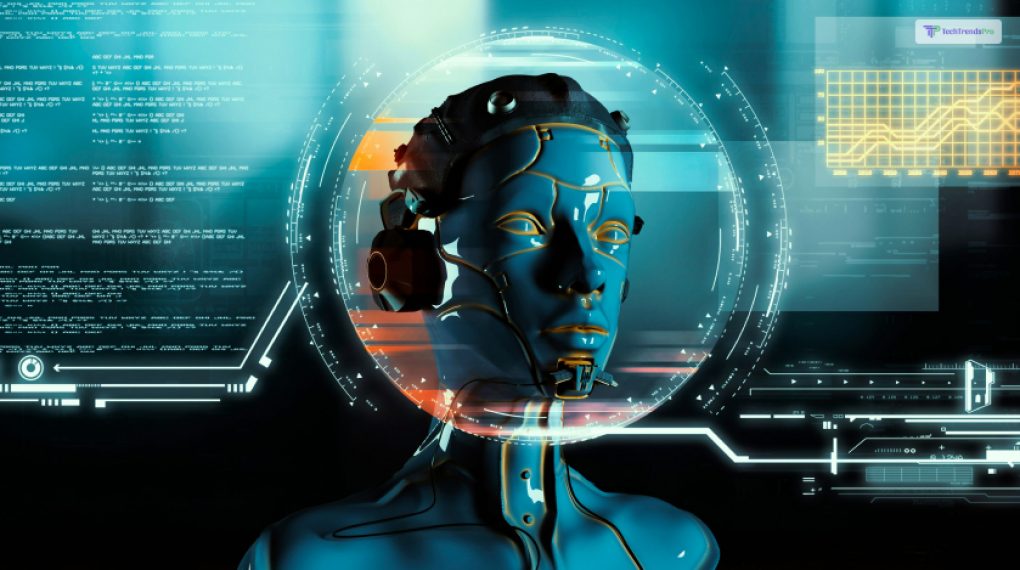
Machine learning is a branch of computer science that deals with creating systems that can learn from data and improve their performance without explicit programming. Machine learning algorithms can be divided into two main types: supervised and unsupervised.
Supervised learning is when the algorithm learns from labeled data, which means that the data has a known output or target value. For example, if we want to train a machine learning model to classify images of animals, we need to provide it with a dataset of images that have labels such as “cat”, “dog,” “bird,” etc. The algorithm then tries to find patterns and rules that can map the input data to the output labels. Supervised learning aims to minimize the error or difference between the predicted output and the actual output.
Unsupervised learning is when the algorithm learns from unlabeled data, which means that the data has no known output or target value. For example, if we want to train a machine learning model to cluster images of animals, we do not need to provide it with any labels. The algorithm then tries to find similarities and differences among the data and group them into clusters. Unsupervised learning aims to discover hidden structures and patterns in the data.
Some of the most common machine learning algorithms are:
Linear regression
A supervised learning algorithm that tries to find a linear relationship between the input variables and the output variable. For example, if we want to predict the price of a house based on its size, location, and number of rooms, we can use linear regression to find a formula that can estimate the price based on these factors.
Logistic regression
A supervised learning algorithm that tries to find a logistic or sigmoid function that can map the input variables to a binary output variable. For example, suppose we want to predict whether a customer will buy a product based on age, gender, and income. We can use logistic regression to find a function that can output a probability between 0 and 1, where 0 means no and one means yes.
K-means clustering
An unsupervised learning algorithm that tries to find a fixed number of clusters in the data based on their similarity. For example, if we want to segment customers based on their spending habits, we can use k-means clustering to find customer groups with similar purchase patterns.
Principal component analysis (PCA)
An unsupervised learning algorithm that tries to reduce the dimensionality of the data by finding the most important features or components that capture the most variance in the data. For example, if we want to compress a high-resolution image into a lower-resolution image, we can use PCA to find the most significant pixels or colors that represent the image.
What is a Neural Network?
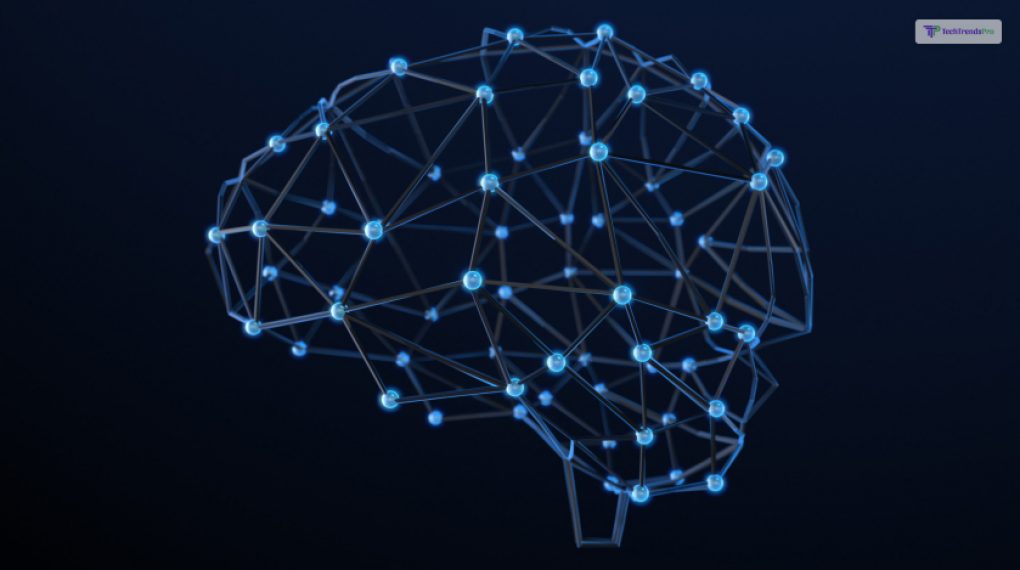
A neural network is a type of machine-learning model inspired by the human brain’s structure and function. A neural network consists of many interconnected units called neurons, which can process and transmit information. Also, a neural network can be divided into three main layers: input, hidden, and output.
Input layer
The input layer receives the data from the external source and passes it to the hidden layer. The input layer can have as many neurons as the number of features or variables in the data. For example, if we want to train a neural network to recognize handwritten digits, the input layer can have 784 neurons, corresponding to the 28×28 pixels of the image.
Hidden layer
The hidden layer performs the main computation and transformation of the data. The hidden layer can have one or more layers, and each layer can have a different number of neurons. Also, The hidden layer can also have different activation functions, which determine how the neurons fire or activate. Some of the most common activation functions are:
- Sigmoid: A function that outputs a value between 0 and 1, which can be interpreted as a probability. The sigmoid function is often used for binary classification problems, such as predicting whether an email is spam or not.
- Tanh: A function that outputs a value between -1 and 1, which can be interpreted as a score. The Tanh function is often used for regression problems, such as predicting the rating of a movie.
- ReLU: A function that outputs either 0 or the input value, whichever is larger. The ReLU function is often used for deep learning problems, such as image recognition and natural language processing, as it can speed up the learning process and avoid the problem of vanishing gradients.
Output layer
The output layer produces the final result or prediction of the neural network. The output layer can have as many neurons as the number of classes or categories in the data. For example, if we want to train a neural network to classify images of animals into 10 categories, the output layer can have 10 neurons, corresponding to the 10 labels. The output layer can also have different activation functions, depending on the type of problem. Some of the most common activation functions are:
- Softmax: A function that outputs a vector of values that sum up to 1, which can be interpreted as probabilities. The softmax function is often used for multi-class classification problems, such as predicting the type of animal in an image.
- Linear: A function that outputs the input value without any transformation. The linear function is often used for regression problems, such as predicting the price of a house.
A neural network can be trained using a process called backpropagation, which involves updating the weights or parameters of the network based on the error or difference between the predicted output and the actual output. The goal of training a neural network is to minimize the loss or cost function, which measures how well the network performs on the data.
Machine Learning vs Neural Networks: Advantages and Disadvantages of Them
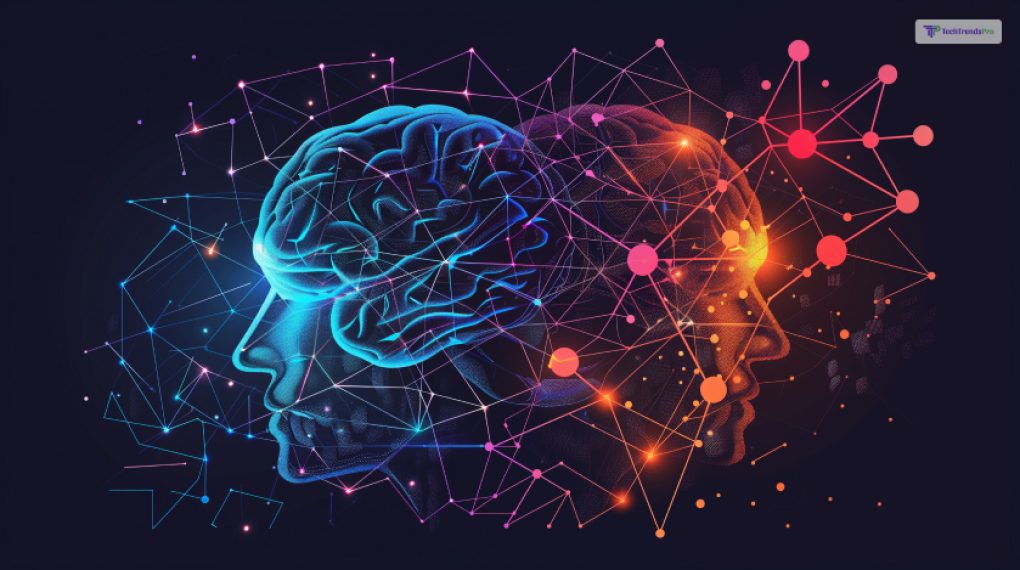
Comparing Machine Learning with Data Science is something that most people often do. However, there has been a significant rise in the search for Machine Learning vs Neural Networks.
Machine learning and neural networks are powerful techniques that can solve various problems, but they also have their own strengths and weaknesses.
Here are some of the main advantages and disadvantages of machine learning vs neural networks:
Advantages of Machine Learning
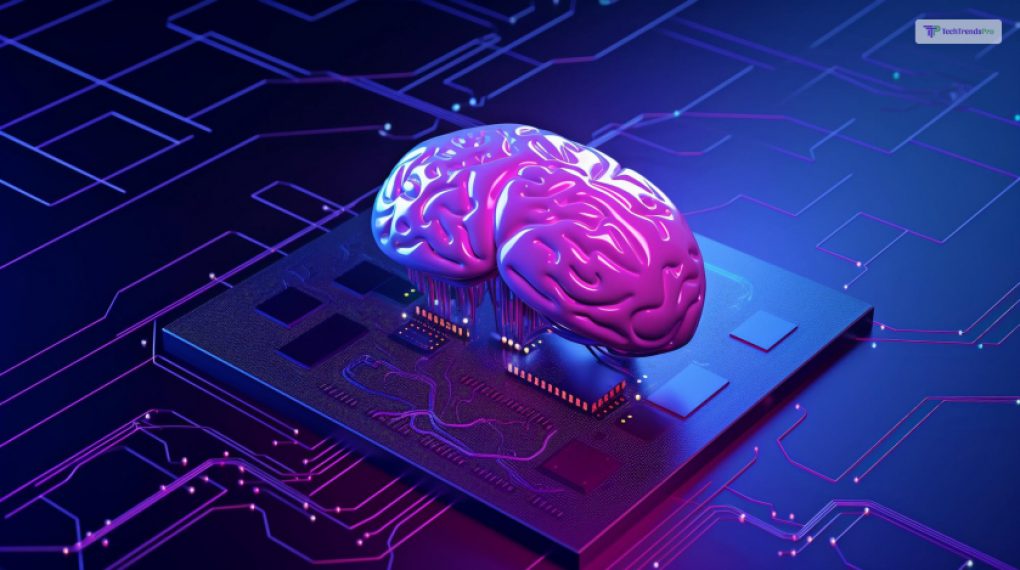
Interpretability
Machine learning algorithms are often easier to understand and explain than neural networks, as they can provide clear rules and formulas that humans can interpret. For example, a linear regression model can show how each input variable affects the output variable, and a decision tree can show the logic and criteria behind each decision. This can be useful for applications that require transparency and accountability, such as medical diagnosis, credit scoring, and fraud detection.
Efficiency
Machine learning algorithms are often faster and cheaper to train and run than neural networks, as they require less data and computational resources. For example, a logistic regression model can be trained with a few hundred or thousand examples, and a k-means clustering model can be run with a few lines of code. This can be useful for applications that have limited time and budget, such as online advertising, recommender systems, and customer segmentation.
Generality
Machine learning algorithms are often more general and robust than neural networks, as they can handle different types of data and problems. For example, a PCA model can reduce the dimensionality of any kind of data, and a k-nearest neighbor model can classify or regress any kind of data. This can be useful for applications that have diverse and complex data and problems, such as text analysis, anomaly detection, and sentiment analysis.
Disadvantages of Machine Learning

Limitations
Machine learning algorithms are often limited and constrained by their assumptions and parameters, which can affect their performance and accuracy. For example, a linear regression model assumes the data has a linear relationship, which may not be true, and a k-means clustering model requires the number of clusters to be specified, which may not be known in advance. This can be problematic for applications that have nonlinear, noisy, or dynamic data and problems, such as image recognition, speech synthesis, and reinforcement learning.
Scalability
Machine learning algorithms are often difficult and inefficient to scale up and adapt to large and changing data and problems, as they require manual tuning and optimization. For example, a logistic regression model may need to add or remove features or variables to improve its performance, and a decision tree model may need to prune or grow its branches to avoid overfitting or underfitting. This can be challenging for applications that have massive and evolving data and problems, such as web search, social media, and self-driving cars.
Creativity
Machine learning algorithms are often less creative and innovative than neural networks, as they rely on existing data and knowledge. For example, a linear regression model can only extrapolate or interpolate from the data, and a k-nearest neighbor model can only mimic or copy the data. This can be limiting for applications that require new and original data and knowledge, such as art generation, music composition, and natural language generation.
Advantages of Neural Networks
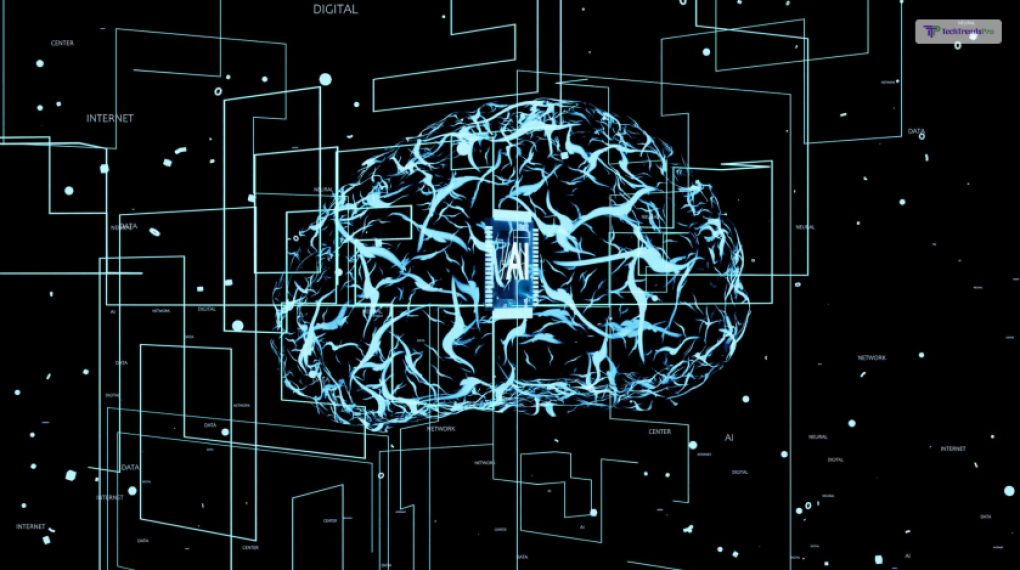
Flexibility: Neural networks are often more flexible and adaptable than machine learning algorithms, as they can learn from any kind of data and problem. For example, a convolutional neural network can learn to recognize complex patterns and features in images, and a recurrent neural network can learn to process sequential and temporal data, such as text and speech. This can be useful for applications that have diverse and complex data and problems, such as image recognition, speech synthesis, and reinforcement learning.
Scalability: Neural networks are often easy and efficient to scale up and adapt to large and changing data and problems, as they can leverage parallel and distributed computing. For example, a deep neural network can have multiple layers and neurons that can handle massive and high-dimensional data, and a generative adversarial network can have two networks that can compete and cooperate with each other to generate new and realistic data. This can be useful for applications that have massive and evolving data and problems, such as web search, social media, and self-driving cars.
Creativity: Neural networks are often more creative and innovative than machine learning algorithms, as they can generate new and original data and knowledge. For example, a variational autoencoder can learn to compress and decompress data, and create new and novel data, and a transformer network can learn to encode and decode data, and produce natural and fluent language. This can be useful for applications that require new and original data and knowledge, such as art generation, music composition, and natural language generation.
Disadvantages of Neural Networks
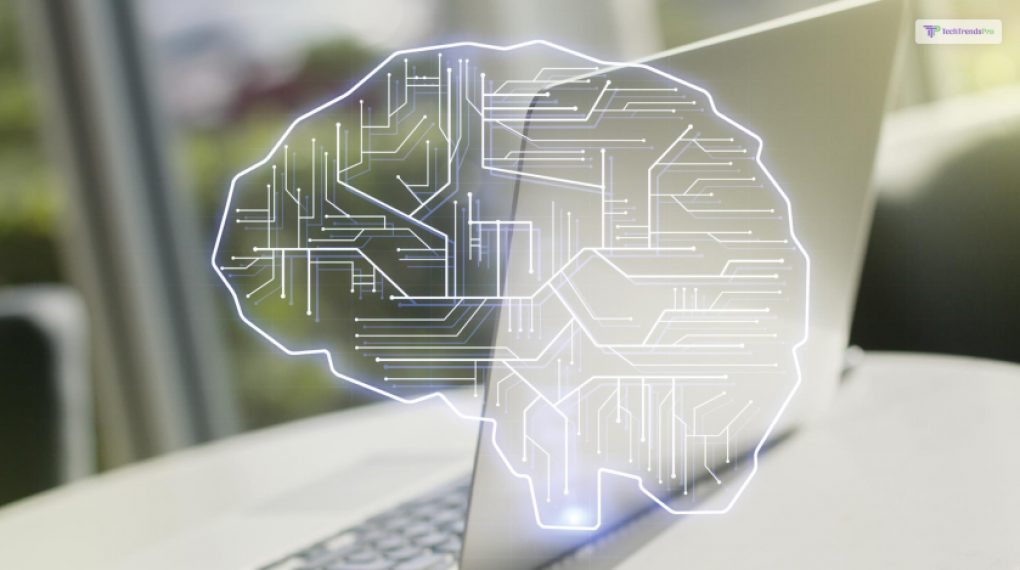
Interpretability: Neural networks are often harder to understand and explain than machine learning algorithms, as they can have millions or billions of parameters and nonlinear transformations that are difficult to interpret by humans. For example, a convolutional neural network can have thousands of filters and kernels that can extract features from images, and a recurrent neural network can have hidden states and memory cells that can store information from sequences. This can be problematic for applications that require transparency and accountability, such as medical diagnosis, credit scoring, and fraud detection.
Efficiency: Neural networks are often slower and more expensive to train and run than machine learning algorithms, as they require more data and computational resources. For example, a deep neural network can take hours or days to train on a large dataset, and a generative adversarial network can consume a lot of energy and memory to generate data. This can be challenging for applications that have limited time and budget, such as online advertising, recommender systems, and customer segmentation.
Generality: Neural networks are often less general and robust than machine learning algorithms, as they can overfit or underfit the data and problems. For example, a deep neural network can memorize the data and fail to generalize to new and unseen data, and a generative adversarial network can produce unrealistic and low-quality data. This can be limiting for applications that have diverse and complex data and problems, such as text analysis, anomaly detection, and sentiment analysis.
Bottom Line
Machine learning and neural networks are both powerful techniques that can solve a variety of problems, but they also have their own strengths and weaknesses.
Machine learning algorithms are often more interpretable, efficient, and general than neural networks, but they are also more limited, difficult to scale, and less creative than neural networks.
Neural networks are often more flexible, scalable, and creative than machine learning algorithms, but they are also less interpretable, efficient, and general than machine learning algorithms.
Therefore, the choice of machine learning vs neural networks depends on the type and complexity of the data and problem, the availability and cost of the data and computational resources, and the desired outcome and quality of the solution.
Read Also:






